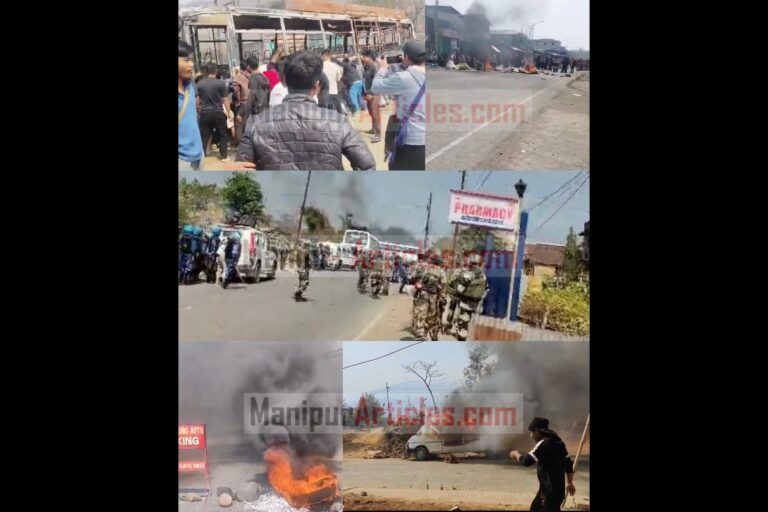Bengaluru Weather Update: IMD Issues Orange Alert for Heavy Rainfall and Lightning
Summary:
The Indian Meteorological Department (IMD) has issued an orange alert for Bengaluru, predicting heavy rainfall and thunderstorms. The alert highlights potential risks such as waterlogging, flooding, and traffic disruptions. Residents are advised to remain cautious and stay updated with weather advisories. The orange alert is part of a broader warning across several regions in Karnataka as seasonal rains continue to affect southern India.
Bengaluru Braces for Heavy Rainfall: What You Need to Know
If you live in Bengaluru, you know that the city’s weather can change in a flash. One minute it’s sunny, and the next, the skies open up, turning roads into rivers. And now, with the latest update from the IMD (Indian Meteorological Department), things could get a bit rougher. Bengaluru is under an orange alert — and if you’re wondering what that means, you’re not alone. This article will walk you through everything you need to know about the alert, how it affects the city, and what precautions you should take to stay safe.
What is an Orange Alert?
You’ve probably heard of red alerts and yellow alerts, but what exactly is an orange alert? In the world of meteorology, it’s pretty serious. An orange alert signals that there’s a likelihood of severe weather that could disrupt daily life. In Bengaluru’s case, it means we’re looking at heavy rainfall, thunderstorms, and potentially hazardous conditions over the next 24-48 hours.
Unlike a red alert, which is reserved for extremely dangerous weather, an orange alert suggests conditions that are serious enough to take precautionary measures but not so extreme that emergency evacuations are necessary.
Why Bengaluru? Understanding the Weather Patterns
Bengaluru’s weather is often dictated by the monsoon, but other factors play a role, too. This time, the heavy rainfall is linked to a combination of monsoon activity and atmospheric disturbances. The city, located on the Deccan Plateau, is prone to sudden storms, especially during the transition seasons between monsoons.
The orange alert is not just a stand-alone event. Bengaluru is experiencing the ripple effects of weather patterns across South India, where low-pressure systems and winds have been driving stormy conditions inland.
What Does Heavy Rainfall Mean for Bengaluru?
Bengaluru’s infrastructure is notorious for struggling to cope with heavy rain. The city’s drainage systems, which have not kept pace with its rapid urban expansion, often fail during intense downpours. This can lead to severe waterlogging, particularly in low-lying areas like Koramangala, Whitefield, and parts of Electronic City.
Traffic Chaos
Bengaluru’s traffic woes are well-known, and heavy rain only makes things worse. When the roads flood, traffic slows to a crawl, and it’s not uncommon to see cars, buses, and two-wheelers stuck in knee-deep water. Commuters are advised to avoid traveling unless absolutely necessary, and if you have to be on the roads, give yourself extra time to account for potential delays.
Power Outages and Flooding
Another issue that often accompanies heavy rain in Bengaluru is power outages. Trees can fall, and power lines can get knocked down, leading to temporary blackouts. If you live in a flood-prone area, this could be a double-edged sword: no power and a rising water level.
Safety Measures: How to Stay Safe During Heavy Rain
If you’re in Bengaluru during this orange alert, here are a few steps you should take to ensure your safety:
- Stay Updated with Weather Reports
The IMD regularly updates its advisories, so make sure you check the latest weather forecast and alerts. Keeping an eye on local news channels, radio, or weather apps will give you real-time updates. - Avoid Waterlogged Areas
If you know that certain areas are prone to flooding, steer clear. Waterlogged streets can be dangerous not only because of the water but also due to open manholes, debris, and slick surfaces. - Drive Safely
If you have to drive, make sure your vehicle is in good condition. Drive slowly, keep your headlights on, and maintain a safe distance from other vehicles. It’s better to arrive late than risk an accident. - Prepare for Power Cuts
Charge all your devices in advance, and keep emergency lights or torches handy. If your home is prone to power outages during storms, stock up on essentials like food, water, and batteries.
How the Orange Alert Impacts Bengaluru’s Daily Life
Schools and Offices
Whenever an orange alert is issued, schools and offices may decide to close or operate at reduced capacity. With the potential for heavy rain, some schools might give students a day off, while office-goers may switch to remote work to avoid the chaos of commuting.
Public Transport
The BMTC (Bangalore Metropolitan Transport Corporation) buses and Namma Metro may also be affected by the rain, leading to delays or altered routes. If you rely on public transport, it’s a good idea to check ahead for any service interruptions.
Potential Consequences of Ignoring the Alert
The IMD doesn’t issue alerts lightly, and ignoring them can have serious consequences. During heavy rains, flash flooding can occur in a matter of minutes, catching unsuspecting commuters off guard. Additionally, thunderstorms increase the risk of lightning strikes, which can be fatal.
Another often overlooked danger during heavy rain is the possibility of landslides in hilly areas around Bengaluru. While the city itself is relatively flat, areas like Nandi Hills or nearby regions can experience landslides during intense downpours, posing risks to those traveling in these areas.
What the Experts Say
Meteorologists are keeping a close eye on the developing weather patterns, and while the situation could worsen, they are hopeful that it won’t escalate to a red alert. However, experts are urging residents to take this orange alert seriously. The combination of heavy rain and lightning makes for dangerous conditions, and it’s better to be cautious now than regretful later.
Looking Ahead: Will the Weather Improve?
According to the IMD, Bengaluru’s heavy rains may persist for a few days, but the city should see some relief once the weather system moves away. However, with the monsoon season far from over, Bengaluru isn’t entirely in the clear. Rainfall can return at any time, and residents should be prepared for more alerts in the near future.
FAQs
- What is an orange alert in weather?
An orange alert indicates a medium level of danger, with potential disruptions due to severe weather conditions like heavy rain or thunderstorms. - How long will Bengaluru be under the orange alert?
The IMD has issued the orange alert for the next 24-48 hours, but it may be extended based on evolving weather conditions. - What areas of Bengaluru are most affected by heavy rainfall?
Low-lying areas like Koramangala, Whitefield, and Electronic City are more prone to waterlogging and flooding during heavy rains. - What precautions should I take during the orange alert?
Stay updated with weather reports, avoid waterlogged areas, drive safely, and prepare for potential power outages. - Can public transport be affected during the orange alert?
Yes, BMTC buses and the Namma Metro might face delays or disruptions due to waterlogged roads and adverse weather conditions.



